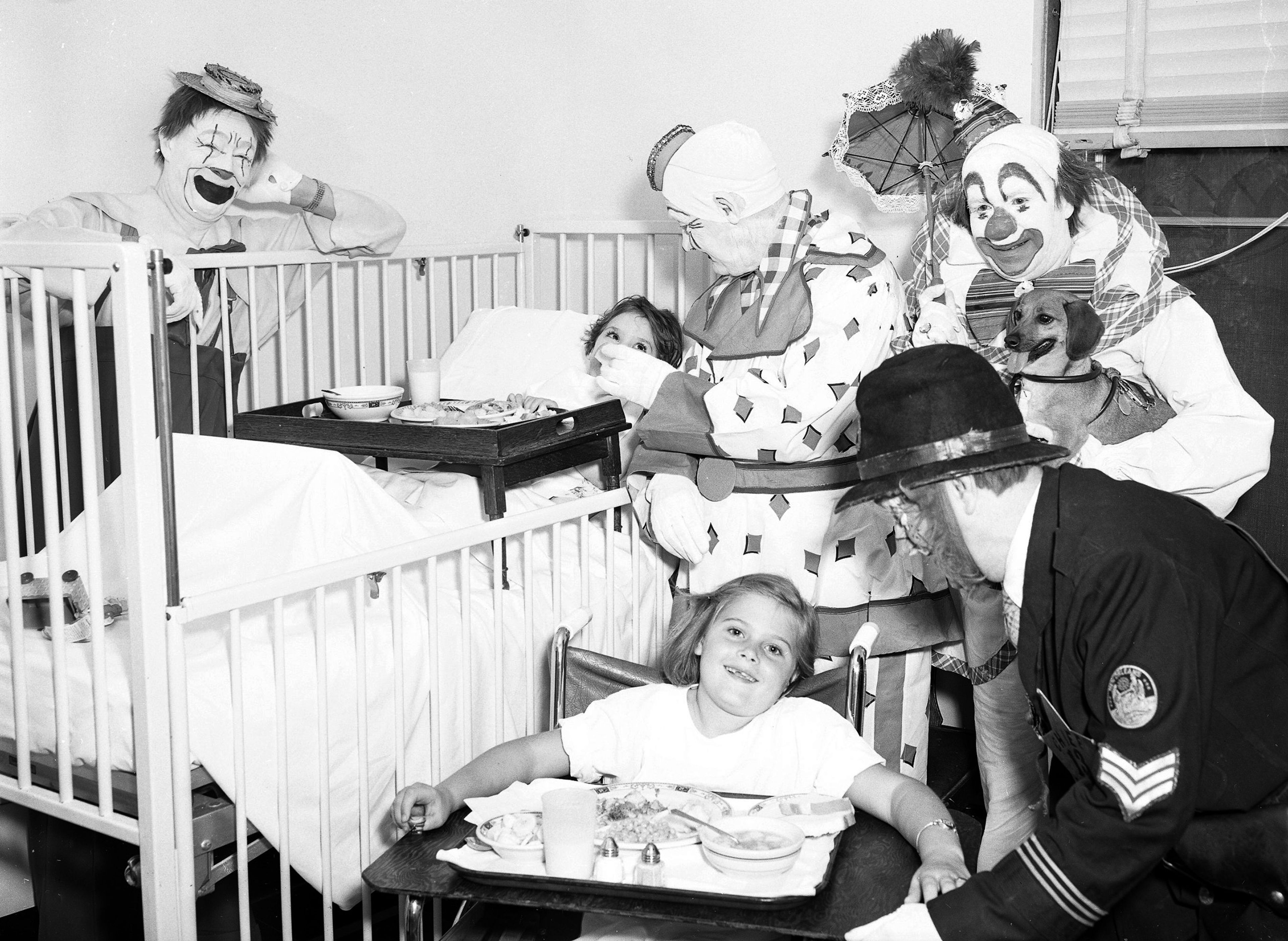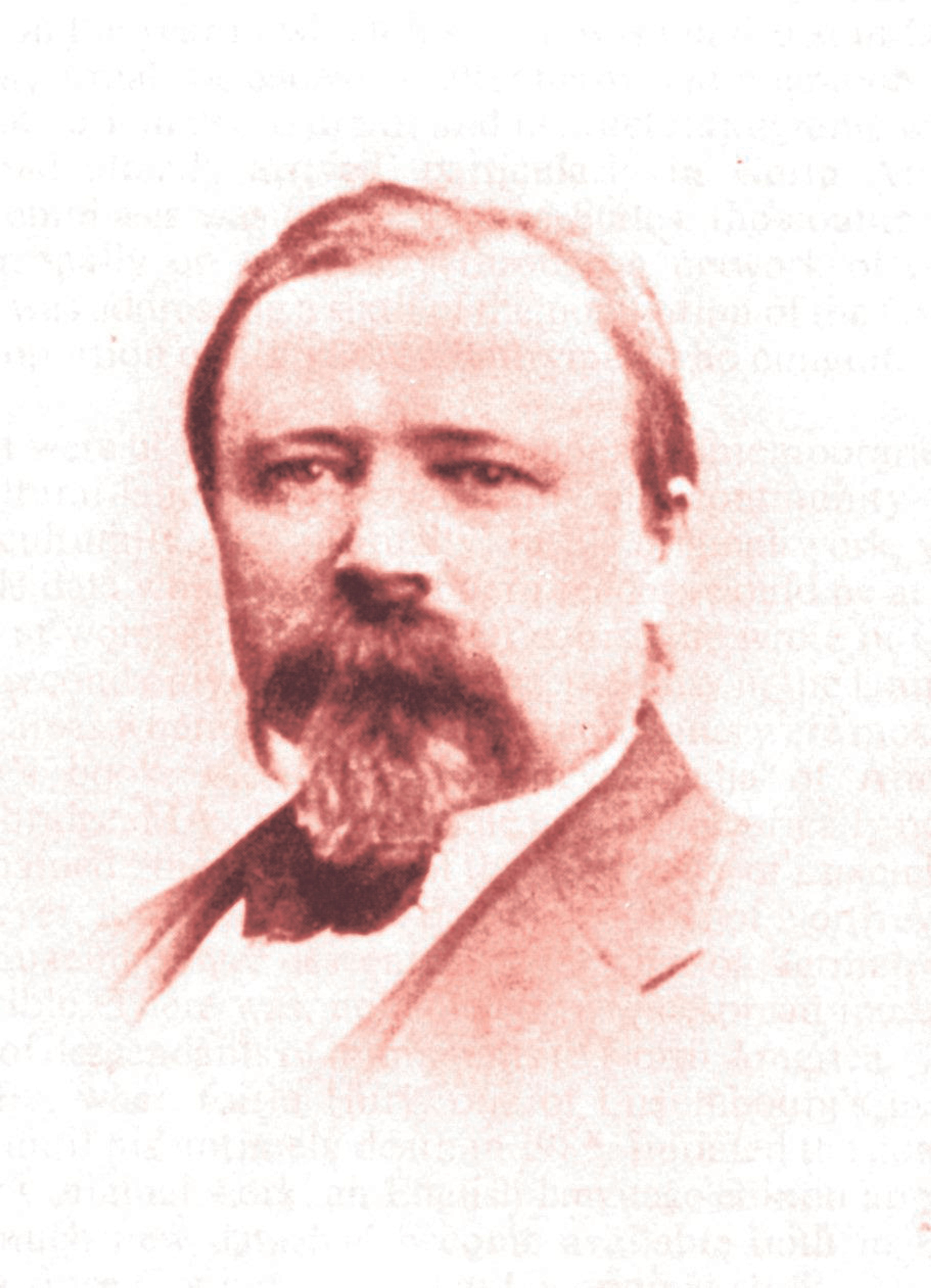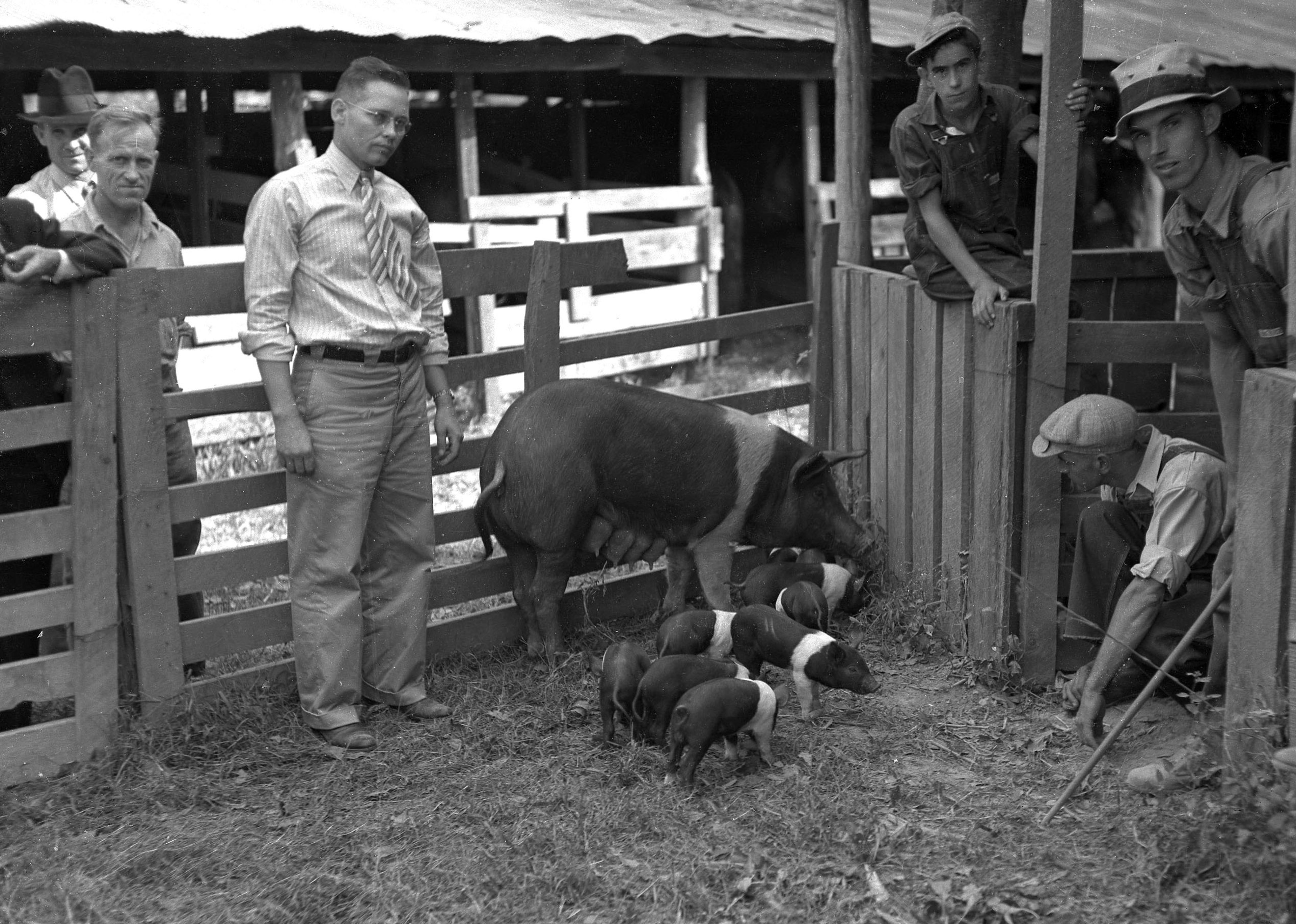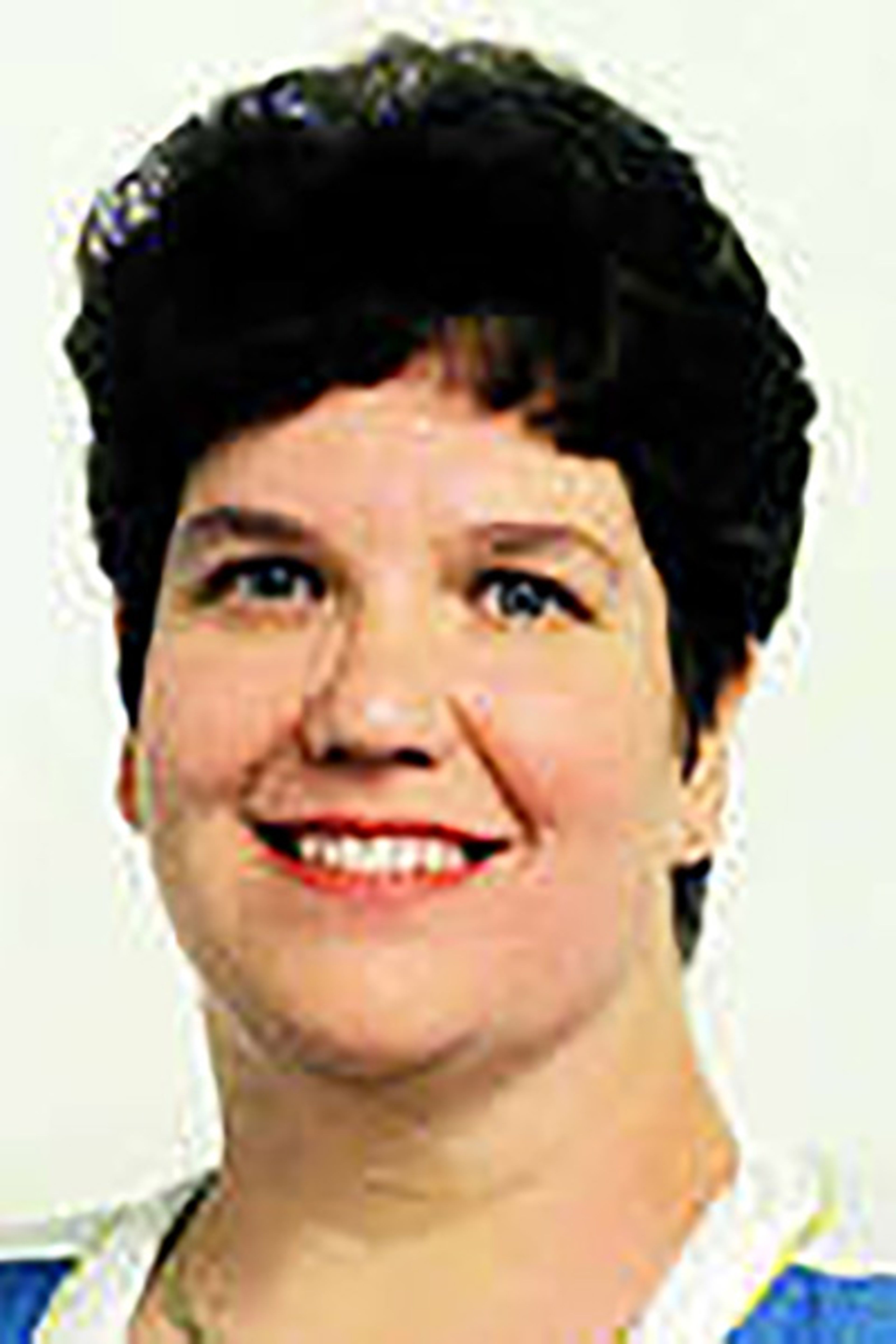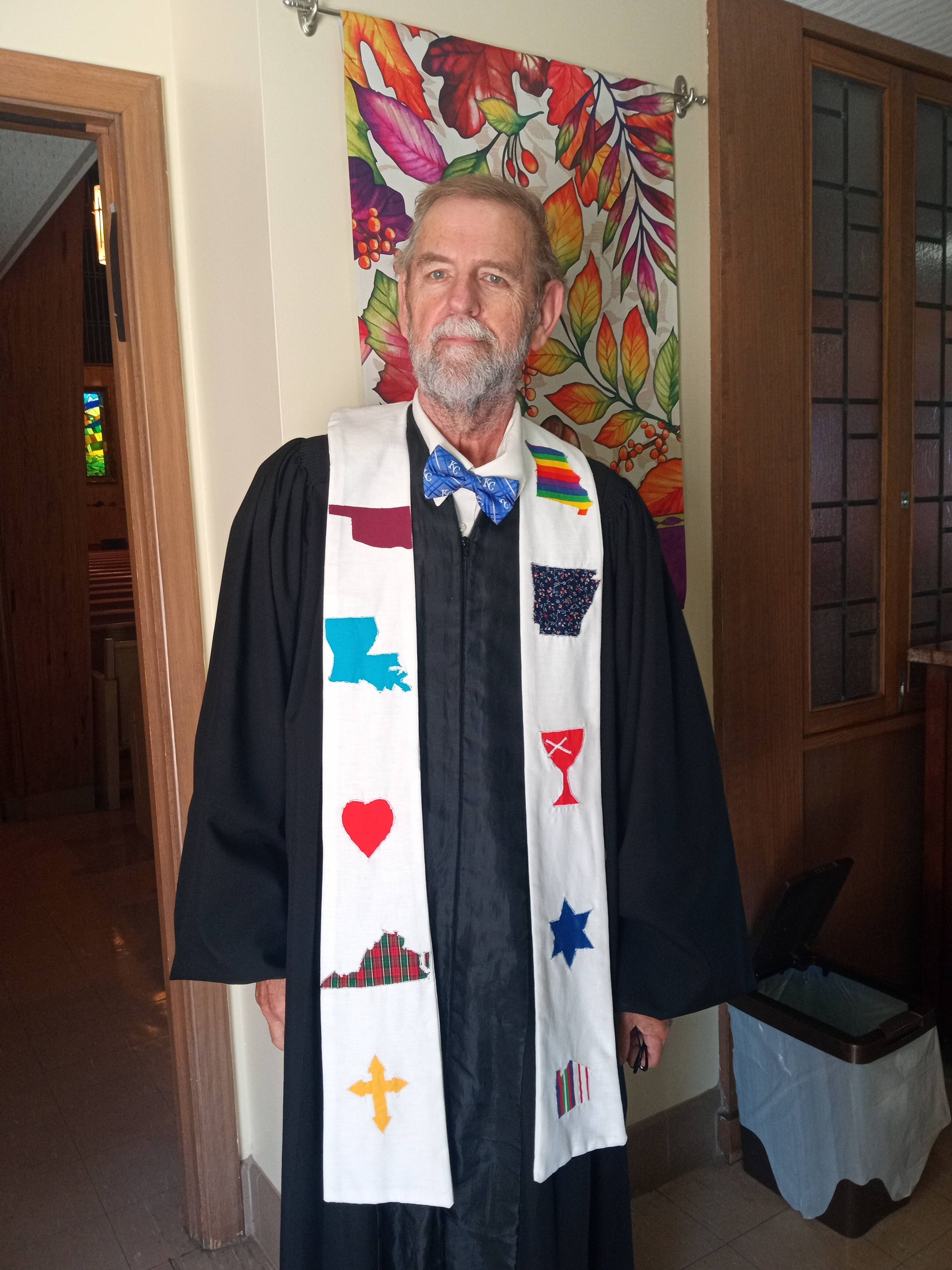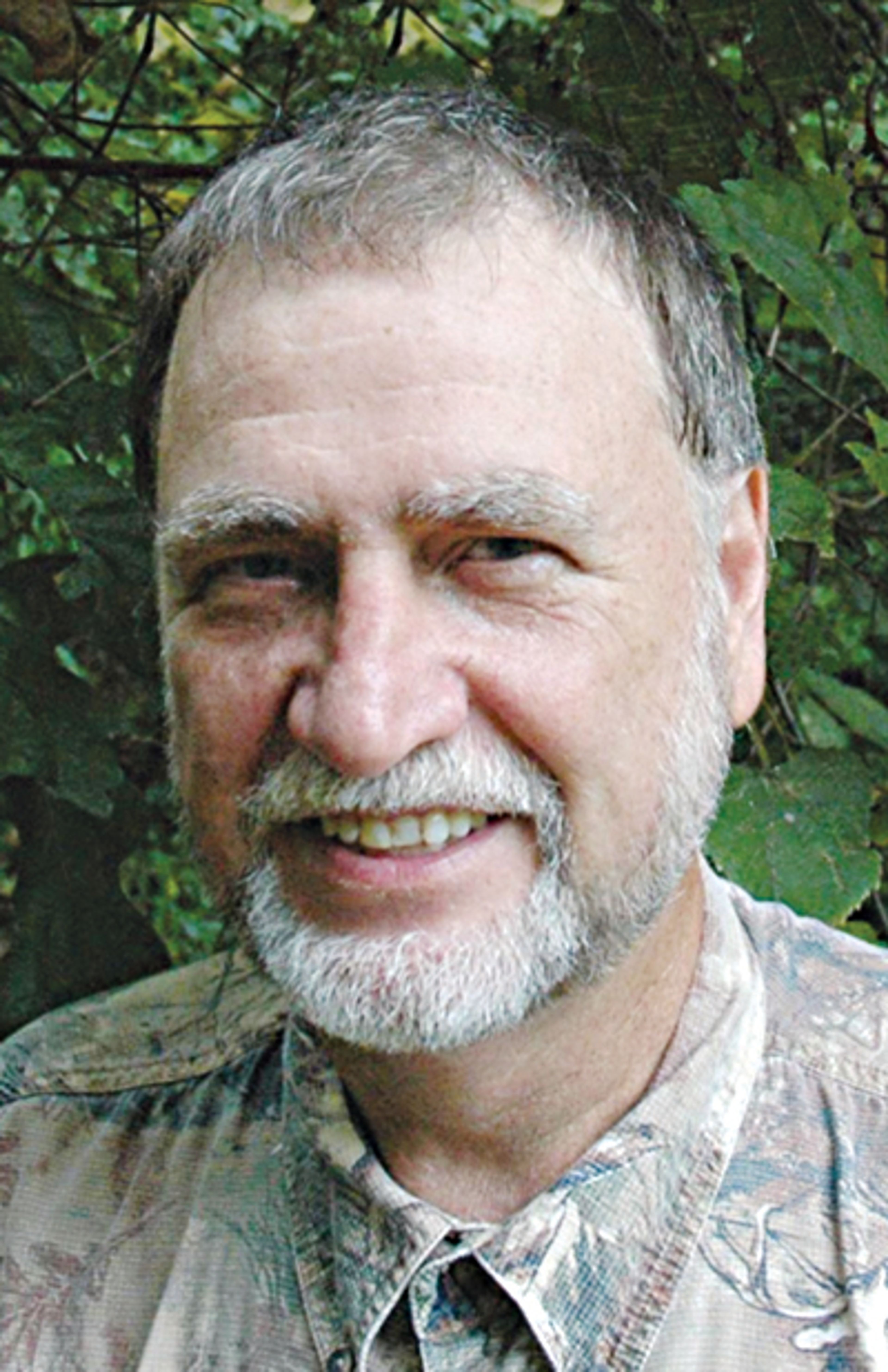As I compile the Out of the Past, I read the daily news published in the Southeast Missourian for 25, 50, 75 and 100 years ago. It's a process I've followed for most of the years I've worked at the newspaper.
But reading the articles from 1949 have proven to be more taxing than normal.
First, there was the coverage of the tornado of May 21 — not just of the event itself, but the weeks weeks of stories about the aftermath and how Girardeans dealt with the loss and, ultimately, rebuilt the town.
And now, as my journey takes me into the hot, summer months, I find more and more reports of children becoming ill with poliomyelitis — polio. The first stories came from outside of Cape Girardeau, but by July Cape Girardeau children were becoming sick, and some were dying.
With anti-vaccine talk so prevalent these days, I think a review of the history of polio in Southeast Missouri is appropriate.
Published July 31, 1969:
Polio — 1949
Picture not joyful
By CECELIA SONDERMAN
Missourian staff writer
The month of July generally holds memorable thoughts of vacations, Independence Day celebrations, swimming, picnicking and other joyful summer activities.
But 20 years ago today as July 1949 drew to a close, an entirely different picture was being framed in the Book of Memories for residents of Cape County, Missouri and the nation as a whole.
In full swing was the worst polio year in U.S. history — and Missouri's toughest.
Here in Cape Girardeau, a wing at Saint Francis Hospital (on Good Hope Street) had been made available five days earlier for treatment of poliomyelitis cases. On this date — July 31 — the Red Cross was busy recruiting enough nurses to staff the polio center at the hospital.
Sisters of St. Francis made the hospital rooms ready for polio cases in the district when an emergency resulted after St. Louis and Memphis, Tennessee, hospitals were closed to out-city polio patients and the number of cases in Southeast Missouri continued to increase.
Early in July, physicians here and the Cape County Chapter of the National Foundation for Infantile Paralysis began keeping close tabs on the development of polio. The disease had spread to epidemic proportions in Arkansas and appeared to be moving northward into the lower part of this district.
On July 1, only two cases had been reported in Cape County, one in Cape Girardeau, the other in Jackson, and both were mild.
But when July was ended, 100 cases had been reported in the area, 12 in Saint Francis Hospital on July 31.
Before the year was over, 180 persons with poliomyelitis were admitted to Saint Francis Hospital. Six of those died, records show.
The polio epidemic years were to continue through 1961 and the death rate at the Saint Francis emergency center was to go higher.
In 1951, seven of the 75 patients admitted with the disease died. Eight died in the following year, 1952, when 85 persons were admitted to the hospital here with poliomyelitis, Raymond T. Ritchie, registered physical therapist at the hospital, said.
By 1958, a method of giving Sabin vaccine orally was developed. One patient died of polio at the hospital here that year, but no fatalities from the disease have been recorded since then at Saint Francis.
Until the year 1946, poliomyelitis was little seen and diagnosed in Southeast Missouri. The occasional case was sent to isolation centers in St. Louis.
The first instance of anything like an epidemic happened on the isle of St. Helena, in the south Atlantic, in 1836. Outbreaks followed in 1868, in France and Sweden in 1880, in northeast United States after 1890 and in the South about 1910.
Toward the end of the 18th century, the disease came to the attention of physicians. It was named infantile paralysis because it was believed to occur only in children. Later, poliomyelitis was adopted as a more formal name by physicians and often shortened to polio.
In 1946, a number of polio cases were reported in Southeast Missouri. While they did not constitute a major epidemic, there were enough to arouse the interest of both the medical and lay personnel of the area as to the need for proper care in the acute stage of the disease and of proper follow-up care in the post-polio phase.
On July 1, 1949, when the first two cases of polio were reported in Cape County, they were sent to isolation wards in the St. Louis area. Six other polio patients from lower counties of Southeast Missouri had been sent to Cape Girardeau for diagnosis. They were also sent to the St. Louis centers for treatment. Physicians at that time said probably a number of other patients with the disease had gone directly to the isolation wards in St. Louis without first coming to a Cape Girardeau doctor.
A.M. Spradling Jr., was president of the Cape County Chapter of the National Foundation for Infantile Paralysis. He received a memorandum from the state headquarters on the first day of July alerting local chapters of the epidemic in other parts of the country and suggesting they be prepared to handle any cases that might develop in their areas.
Rules for children to follow in an attempt to avoid contracting the disease were given. They included one for avoiding crowds and places where close contact with others was likely. Children were also reminded not to become overly tired.
A week later, an outbreak of polio in the Portageville area was reported, the cases sent to St. Louis. The Missouri Division of the National Foundation for Infantile Paralysis was giving consideration to opening an isolation ward at Community Hospital in Sikeston.
On July 19, 1949, a tabulation of infantile paralysis cases in Southeast Missouri showed a minimum of 48 in six district counties. Pemiscot County had 18 cases, mostly children, Scott County had six and in Cape Girardeau, four cases were reported.
In a few of the lower Bootheel counties, some of the patients were being sent to Memphis, Tennessee, for treatment, but most cases were going to St. Louis where complete facilities for the most modern treatment had been established at St. Anthony's Hospital. There was still no center in this district for treatment of acute polio cases.
Cost of the treatment was being paid by grants from the national organization to supplement funds of the local chapters.
On July 21 when a number of other patients were diagnosed as having polio, an emergency medical meeting was called at Caruthersville. Doctors, nurses and public health officers from this district and northeastern Arkansas attended to hear a representative from the national foundation, Dr. Irwin Hendryson, professor of orthopedics at the University of Colorado Medical Center, discuss the situation.
He told the group that early treatment of the disease could be carried on in local hospitals or even in homes. He said little actual care is needed in the early stages of the disease and any doctor who had the services of two nurses or capable attendants could do all that even the best-equipped hospitals could do.
However, the speaker emphasized this did not apply to cases of actual paralysis where specialized medical service was immediately required. He pointed out there were about 10 cases of non-paralytic polio to one case in which paralysis occurred.
On July 21, 70 cases were reported in southern Missouri, with the minimum of 50 in the southeast corner of the state. A 17-year-old Sikeston girl (Patricia Ann Rafferty) died in St. Louis — the first area death from the disease.
The following week, polio cases jumped sharply over the state, 72 new victims reported, six cases in Cape Girardeau. An 18-year-old girl in Steele died in a Memphis hospital.
An emergency program for combating polio in Cape County and Southeast Missouri was then set up at a meeting July 26 of the executive committee of the Cape County Chapter for Infantile Paralysis.
Mr. Spradling called the meeting when an emergency resulted after St. Louis and Memphis hospitals were closed to out-city polio patients.
Carlton J. Lorberg of Lorberg Funeral Home recalls the day well. He was one of those taking polio patients to St. Louis by ambulance.
He said he remembers calling Mr. Spradling from that city and telling him that St. Louis and East St. Louis, Illinois, hospitals refused to take anymore out-of-town patients.
Mr. Spradling said a wing at Saint Francis Hospital had been readied late that day for use as an emergency polio center. The county chairman also told Mr. Lorberg he thought there was a possibility of an iron lung arriving aboard an Army C-47 airplane, brought here by the Missouri National Guard.
Mr. Lorberg said he told Mr. Spradling to take his pickup truck to haul the iron lung in. Mr. Spradling said that with the help of some Jaycee members, including Hal B. Lehman and the late Walter H. Ford, he went to the airport, unloaded the iron lung at 10 that night, hauled it in Mr. Lorberg's truck and had it in operation by midnight.
Two patients were in the polio ward on its opening day.
Six rooms, however, were provided by the Sisters of St. Francis at the hospital. Three and sometimes four patients could be placed in each room. With the iron lung, a portable one and two hot pack machines, enough fixed equipment was available for adequate treatment.
Mr. Spradling sent a request to the National Foundation for Infantile Paralysis for a physical therapist and an orthopedic physician to come here. The Red Cross was asked to recruit nurses.
Every precaution was being taken on the local level to keep the disease in check. The previous day — July 25 — Municipal Swimming Pool here was closed for the season because of polio cases in the district.
The Coffee Drinkers Club of Cape Girardeau stated it would supply funds for another hot pack machine. Southeast Hospital announced that, if necessary, some space could be made available there for polio patients by utilizing an annex then under construction.
Another request was sent the national polio foundation, this for a $10,000 emergency fund to finance operation of the polio center here.
By the end of July, the county chapter had been notified that the national foundation would send a resident physician here early in August.
Work of the Cape County Chapter for Infantile Paralysis in setting up its emergency program to combat the disease was praised highly by Robert J. Neville, director of orthopedic service of the national foundation; Warren T. Kingsbury, regional director of the south central area for the national foundation, and John Putney, state director. Their remarks followed a tour of the wing set up as a polio center at Saint Francis.
However, the visitors pointed out there was still a lack of nurses.
The Scott County Chapter for Infantile Paralysis recorded 13 new cases of the disease, one of whom died. It, too, made application to the national foundation for funds to meet the crisis. The chapter arranged for a supply of DDT to be distributed free in appropriate amounts to schools, churches, theaters and factories for spraying of places where people congregate daily.
Mrs. Jack R. Ridgeway was appointed executive secretary of the Cape County emergency program.
On Aug. 1, 16 patients were in the polio center at Saint Francis, four new admissions. Mr. Spradling reported four hot pack machines were in operation to provide application for treatment of affected muscles. Two others had been ordered. An ultraviolet lamp to sterilize linens had also been ordered. Four local nurses and two nurses aides were working in the ward. Polio cases showed a sharp increase in the state.
Two days later, Aug. 3, the polio treatment program here was bolstered by the arrival of Dr. Joe Soffer, an orthopedic physician from Chicago, retained by the national foundation to work with patients at Saint Francis.
That day, a quantity of supplies for the polio center also arrived on a C-47 Missouri National Guard plane from Charlotte, North Carolina. Included were 35 cribs for small children, 15 medical cabinets, 225 sheets and 30 blankets. A portion of the supplies was kept here and the remainder trucked to Sikeston for use in a polio ward which was to open at Community Hospital in that city.
Seven new infantile paralysis cases, none from Cape County, were admitted the previous day to the polio ward at Saint Francis for isolation care. There had been 28 persons admitted since the wing opened a week earlier.
On Aug. 7, a number of Cape Girardeau physicians met at Saint Francis Hospital with a polio aid unit from Children's Medical Center, Boston, Massachusetts. The visitors included Dr. David Grice, an orthopedic surgeon, Miss Barbara Williams, orthopedic nursing supervisor, and Miss Eileen Webster, physiotherapist.
The following day, six nurses who were specialists in treatment of polio arrived in Cape Girardeau, sent here by the national foundation.
And on Aug. 9, Mrs. Ridgeway reported another specialist was to arrive the next day. She was to be Miss Elizabeth Davidson, an orthopedic nurse from New York who would remain for duty here. She was trained by Dr. Grace and was to have charge of all nurses in the polio ward here.
Mr. Spradling said a licensed physical therapist, Miss Lucille Elwell, was also obtained from the Boston medical center. She lived with his mother while working at the hospital here.
At the polio center, 58 beds were now set up, 41 of them filled. In all 49 patients had now been treated for the disease.
On Aug. 11, three more patients were admitted. Doctors were working around the clock. Among these were the late Dr. J.H. Cochran, the late Frank W. Hall and Dr. C.T. Herbert. Efforts of Dr. Herbert were credited with those of the Sisters of St. Francis with making the polio center a reality here.
For a period of three months, the polio aid team, in addition to taking care of patients, conducted classes for physicians and lay hospital workers in the treatment and care of the polio patient, Mr. Ritchie said.
The swimming pool at Jackson closed for the season on Aug. 14 because of polio in the district.
At the end of August, it was officially declared that 1949 would go down as the worst polio year in U.S. history. The Missouri State Division of Health reports showed 1,327 cases throughout the state, ending in death for nearly one of every 10 persons, mostly children, who got the disease.
Mr. Ritchie came to Saint Francis as full-time physical therapist on Oct. 24, 1949. He was formerly at Jewish Hospital in Philadelphia, Pennsylvania, and is now in his 20th year at Saint Francis.
When the dead of winter rolled around following Mr. Ritchie's arrival here, Cape County Chapter reported 144 persons were still being treated for infantile paralysis on Jan. 12, 1950.
By the next summer, Aug. 26, 1950, only 12 cases were reported in the district.
Through the years 1949-1962, admissions at the Saint Francis polio center totaled 649. Of these, 29 persons died, records at the hospital show.
The oldest patient admitted with acute polio was 72 years of age. This patient died. The youngest patient diagnosed with acute polio was 3 months old, Mr. Ritchie said.
No deaths were recorded in the last four years of that period. No polio cases have been admitted at Saint Francis since 1962.
With the Sabin vaccine, taken by mouth, replacing the Salk vaccine, which had been given by hypodermic needle, much better results were noted in prevention of the disease.
"Perhaps because more people have been taking the vaccine since it is given on a sugar cube," Mr. Ritchie commented.
Sharon Sanders is the librarian at the Southeast Missourian.
